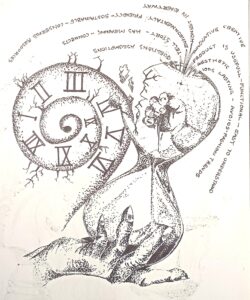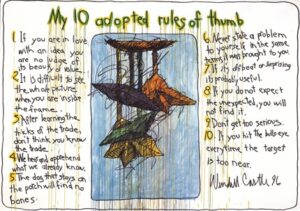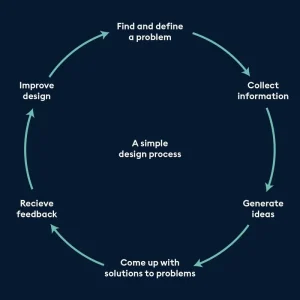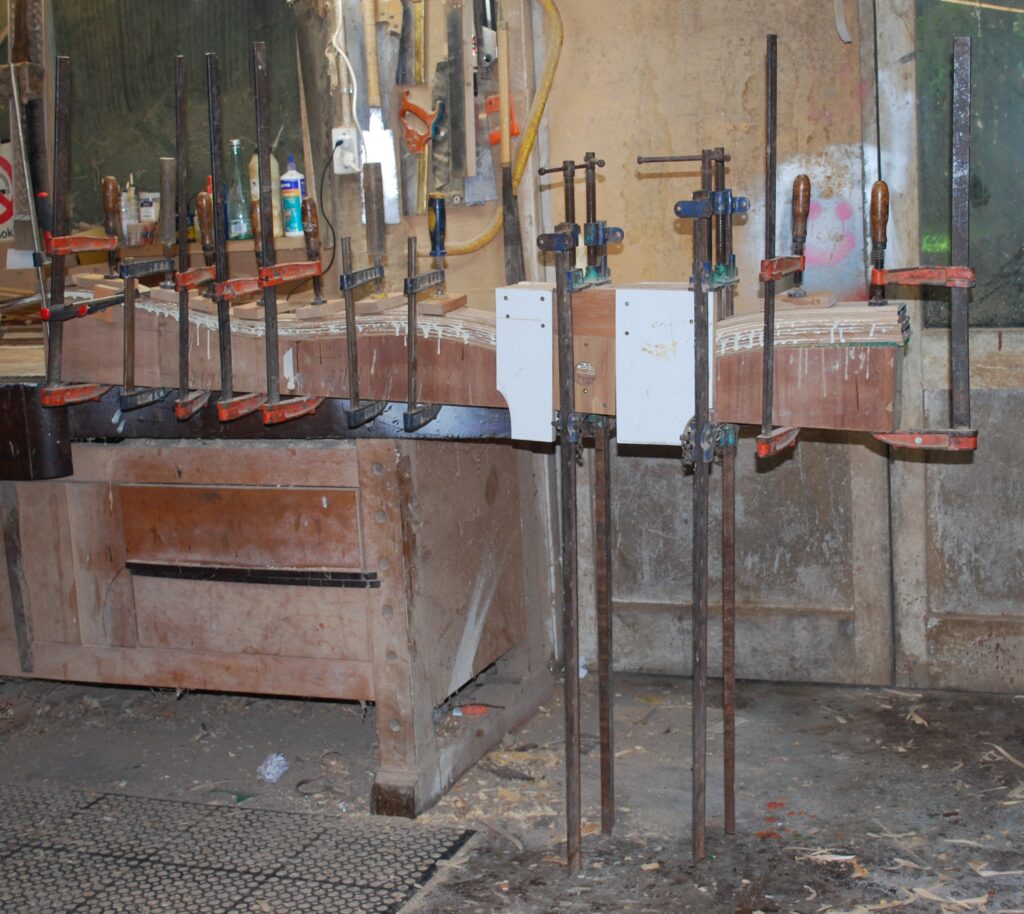Design
Design Philosophy
Inspired by many furniture designers throughout the history of design from ancient civilisations to some of the latest ‘superstars and anonymous internet posters. I have aimed to incorporate into my design an open-minded approach to creativity exploring many disparate aesthetic elements. At the core of my approach though are some fundamental values.

- Use quality, sustainable materials, do no harm.
- Use of the best aspects of wood grain colour and pattern and appropriate materials using contrast.
- Construction methods that last for many generations.
- Incorporate meaning, story and a message with form and detail.
- Easy, simple to use, comfortable, uncomplicated, logical.
- Explore design elements and principals, golden section and elegant proportions.
- Explore the visual elements of New Zealand.
- Open to visual elements from all time frames. Stand on the shoulders of giants
- Create a visual interest in all dimensions so intrigue leads the eye through a continuous visual journey
- Have fun, question, provoke
Two of my favourite quotes
Design is all about the connections, connections, and connections (Charles Eames)
The devils in the details (Fredrich W. Nietzsche)
Finally the brilliant Wendell Castles “rules of thumb” which can be applied to life and business

1. If you are in love with an idea you are in no position to judge its beauty or value.
2. It is difficult to see the whole picture when you are inside the frame.
3. After learning the tricks of the trade, don’t think you know the trade.
4. We hear and apprehend what we already know.
5. The dog that stays on the porch will find no bones.
6. Never state a problem to yourself in the same way it was brought to you.
7. If its off beat or unusual its probably useful.
8. If you do not expect to find the unexpected you will not find it.
9. Don’t get too serious
10. If you hit the bullseye you are too close to the target.
The Design Process
The majority of commissions will follow the design process.

Identify the problem
What do you want that will serve your needs in the best way. Bring your own brief, sketches or influences and use this as a starting point for discussion and further drawing to develop your idea solution
Research
Look at the site, explore visual elements, identify appropriate materials and construction methods, , source hardware and relevant technologies, establish budgets and timelines.
Generate Ideas and refinement
Provide initial 3d sketches that are used for discussion and refinement of the idea for sign off and in some cases make a scale model. Discuss materials samples and finishes then choose preferred options. After working out a quotation and signoff produce detailed shop drawings.
Manufacturing and Refinement
For complex projects there may be some elements that need to be changed or modified at each stage you will be updated on progress.
Delivery and Installation
Once the project is complete it will be wrapped and delivered. The final invoice will be given after confirmation of your satisfaction.
The Weta Chair Story
The Weta chair was inspired by one of New Zealand most impressive insects the harmless but terrifying Weta. The initial design was based on a pencil sketch drawn after finding a nest behind old wood, seeing them raise their big spiky back legs above their body legs in defence and waving their very long antennae about. The core concept of the tall back legs and angular seat of the body remained and over a few years as the designs aesthetic, details and construction were refined.
The Weta Chair story

The NZ tree Weta

Finished Oak and Walnut chair
A priority from the start, ergonomics were an essential consideration in the designs development. The chair had to be comfortable to sit on. The seat is carved from a solid block of timber with a similar seat profile to traditional Windsor chairs. The shape of the back conforms to the curvature of the spine providing lumbar, back and shoulder support.
The back legs are made from 10 strips of taper laminated timber. These are glued and clamped over a profiled former. Rounded by hand with a drawknife and spokeshave then sanded smooth.

A Back leg being laminated
The seat is carved by hand, joined to the front legs with a double tenon to form a very strong joint. The leg is sculpted into a single form so the seat and legs flow into each other.
The back legs are joined into the seat with an inset mortice and tenon joint making the construction very strong and durable. The final sculpted and sanded chair is finished with multiple coats of Danish oil to give them a natural lustre that improves with age.
The resulting chair is a comfortable, visually striking design evocative of the special qualities of one of New Zealand’s must iconic insects.
